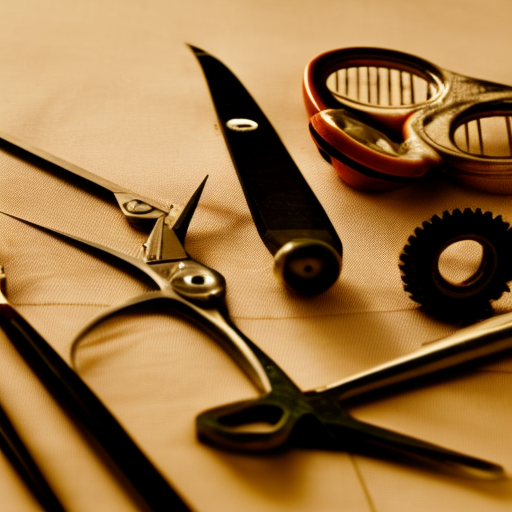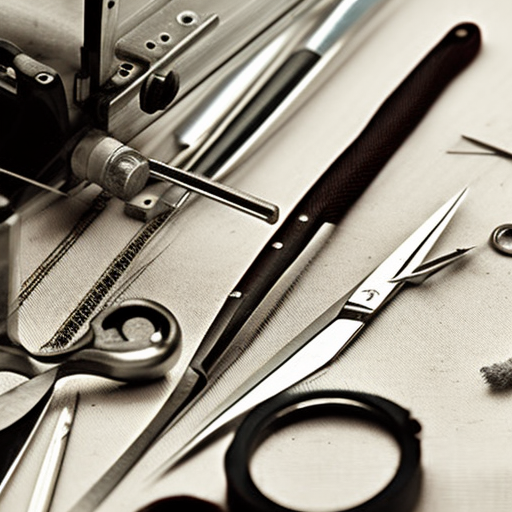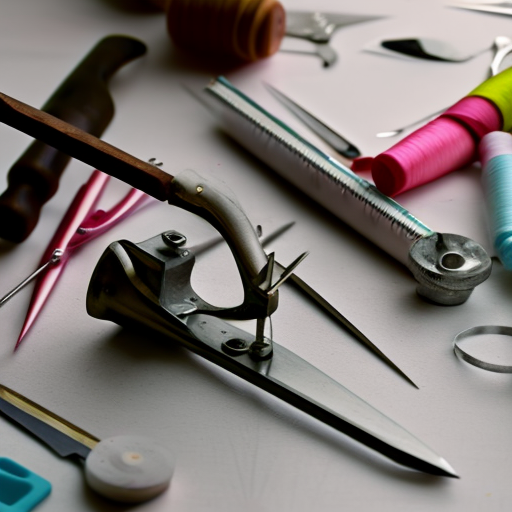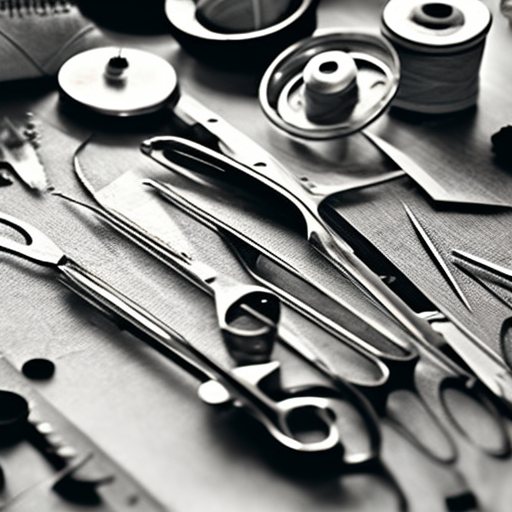The art of sewing has been around for centuries, with the earliest evidence dating back to 25,000 years ago. Through time, sewing has evolved from being a necessary domestic skill to a popular hobby and even a career for many. Whether you are an experienced seamstress or a beginner, having the right sewing tools is essential in achieving great results. In this article, we will break down the most common sewing tools and their uses, so you will have a better understanding of what you need for your next project.
1. Sewing Machine
Arguably the most crucial tool for any sewing project is the sewing machine. It is a motorized or manual device used to stitch fabrics together quickly and accurately. There are different types of sewing machines available, such as mechanical, electronic, and computerized. Each type has its pros and cons, but they all serve the same purpose: to make sewing more efficient and precise. When choosing a sewing machine, consider the type of projects you will be working on and your skill level.
2. Scissors and Shears
Sharp scissors or shears are equally important to a sewing machine. You will need scissors for cutting fabric, thread, and patterns. There are different types of scissors and shears, including straight scissors, pinking shears, and embroidery scissors. Straight scissors are versatile and can be used for most sewing tasks, while pinking shears are used to cut fabric in a zigzag pattern, which helps prevent fraying. Embroidery scissors have a sharp point and are used for intricate cutting and trimming.
3. Pins and Needles
Pins and needles are another set of essential sewing tools. Pins are used to hold fabrics together while sewing, and needles are used to make stitches. There are special types of needles, such as ballpoint and sharps, specifically designed for different fabric types. Needles also come in different sizes, with smaller numbers indicating a thicker needle. It is vital to choose the right needle size and type for your fabric to achieve perfect stitches.
4. Marking Tools
Marking tools are used to transfer pattern markings to fabric. They come in handy when sewing clothes, especially when working with complex patterns. The most common marking tools are tailor’s chalk, water-soluble fabric markers, and tracing paper. Tailor’s chalk is easy to use, and the marks are easy to remove. Water-soluble fabric markers are ideal for marking delicate and lightweight fabrics. Tracing paper is used with a wheel tool to transfer pattern markings.
5. Seam Ripper
Unfortunately, sewing mistakes happen, and a seam ripper is a tool you will need to fix them. A seam ripper is a small tool with a sharp tip used to cut through stitches. It is also useful for removing unwanted fabric pieces. When purchasing a seam ripper, make sure to choose a good quality one with a sharp blade.
6. Measuring Tools
Accurate measuring is crucial in sewing to ensure that your garments fit perfectly. A measuring tape is the most popular tool used for measuring fabric length and body measurements. You will also need a clear ruler for measuring straight lines and adding seam allowances. A French curve is useful for drawing curved lines, and a hip curve is used for measuring hip curves in patterns.
7. Iron and Ironing Board
Ironing may not seem like a sewing tool, but it is an essential part of the sewing process. Ironing fabric before cutting patterns and after sewing helps to achieve neat and professional-looking results. An ironing board with a thick padding and a heat-resistant cover is ideal for sewing projects.
These are the seven most common sewing tools explained, but there are many more tools and gadgets available to make sewing more enjoyable and efficient. As you progress in your sewing journey, you will discover new tools that will make your projects easier. Remember that having the right tools is just as important as having sewing skills, so invest in good quality tools to achieve excellent results. Happy sewing!





What a great resource! Martha Jose: Great post!
Fantastic and informative article; I never knew there were so many tools available for sewing!
Very helpful, thank you for the useful information!